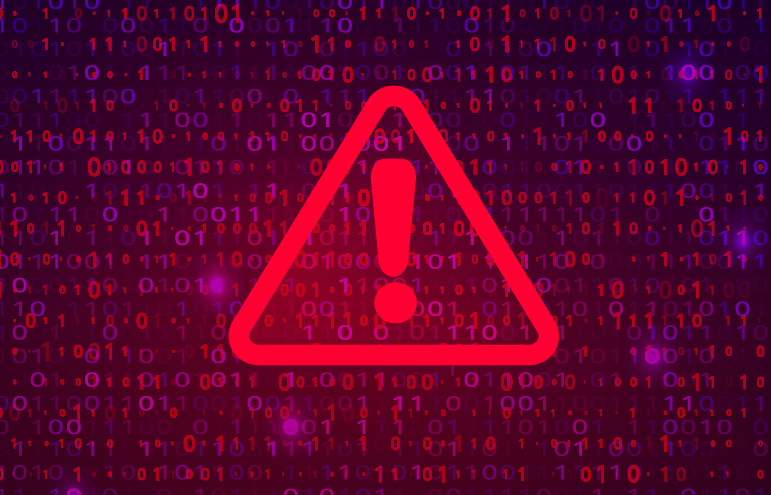Maintaining Information Security to Combat Cyber Attacks

As banks and credit unions continue to work to keep all employees and customers/members safe during the pandemic, information security should be a top priority. Because many businesses and consumers have shifted towards digital channels, threat actors have launched a new wave of attacks specifically targeting financial institutions and other financial activities. According to VMware Carbon Black, attacks against the financial sector increased 238% globally from the beginning of February to the end of April. Protecting your institution’s nonpublic personal information is critical as we continue to move forward in a heightened security threat landscape. Here are a few things to keep in mind:
CIA of Information Security
Information security focuses on ensuring the Confidentiality, Integrity, and Availability of virtually all forms of information. It involves protecting digital and physical data from unauthorized access, use, disclosure, disruption, modification, inspection, recording, or destruction. Some of the most serious—and alarming—threats to information security are data breaches, malware, and phishing.
- Data Breaches
With data breaches, sensitive, confidential, or otherwise protected information is accessed or inappropriately disclosed. The negative impact of such a breach can result in diminished customer loyalty, a tarnished brand image, and loss revenues and profits. These adverse effects can last for years—with some companies never recovering.
- Malware
Malware is any piece of software that was written with the intent of damaging devices and/or stealing data. There are many different types of malware including, viruses, trojans, spyware, and ransomware. Fintech holds a special interest from the malware community-at-large. According to cyber threat intelligence company Intsights, 25 percent of all malware targets financial institutions.
- Phishing
With phishing, cyber attackers use fraudulent emails and websites to solicit people’s credit card numbers, passwords, account data, and other personal information. Financial institutions are common targets of phishing scams that are engineered to trick victims into disclosing their information.
Best Practices for Information Security
Security threats can affect financial institutions through numerous weaknesses. So institutions should take a layered approach by using a combination of security measures, policies, and procedures. According to the FFIEC IT Handbook’s Information Security booklet, common layers in security controls should include:
- Patch management
- Asset and configuration management
- Vulnerability scanning and penetration testing
- Endpoint security
- Resilience controls
- Logging and monitoring
However, since humans are often considered to be the first—and best—line of defense for preventing cyber-attacks, employees need to receive the proper education and training on the latest scams and techniques. By teaching staff how to detect suspicious emails, links, and websites, financial institutions can significantly strengthen their security and avoid unnecessary trouble. The more user training an institution provides, the lower the success rate of phishing attacks against that institution. Ultimately, an institution’s approach to security will depend on the assets it is protecting, along with its unique vulnerabilities, operation, and strategic objectives.
For more information, download our complimentary white paper, “Top 10 Banking Security, Technology, and Compliance Concerns.”

